I am fitting the following regression:
model <- glm(DV ~ conditions + predictor + conditions*predictor, family = binomial(link = "probit"), data = d).
I use 'sjPlot' (and 'ggplot2') to make the following plot:
library("ggplot2")
library("sjPlot")
plot_model(model, type = "pred", terms = c("predictor", "conditions")) +
xlab("Xlab") +
ylab("Ylab") +
theme_minimal() +
ggtitle("Title")>

But I can't figure out how to add a layer showing the distribution on the conditioning variable like I can easily do by setting "hist = TRUE" using 'interplot':
library("interplot")
interplot(model, var1 = "conditions", var2 = "predictor", hist = TRUE) +
xlab("Xlab") +
ylab("Ylab") +
theme_minimal() +
ggtitle("Title")

I have tried a bunch of layers using just ggplot as well, with no success
ggplot(d, aes(x=predictor, y=DV, color=conditions))+
geom_smooth(method = "glm") +
xlab("Xlab") +
ylab("Ylab") +
theme_minimal() +
ggtitle("Title")
 .
.
I am open to any suggestions!


